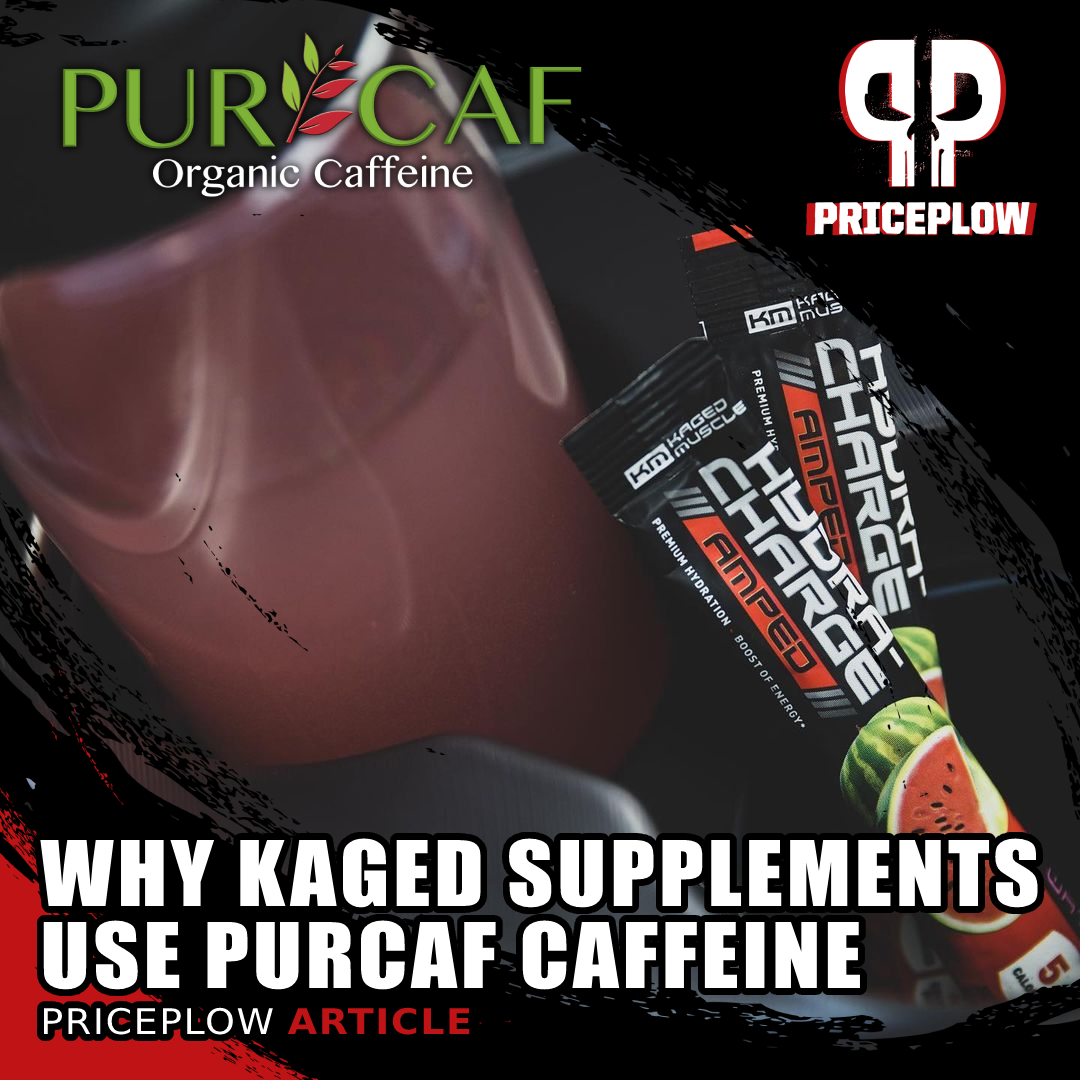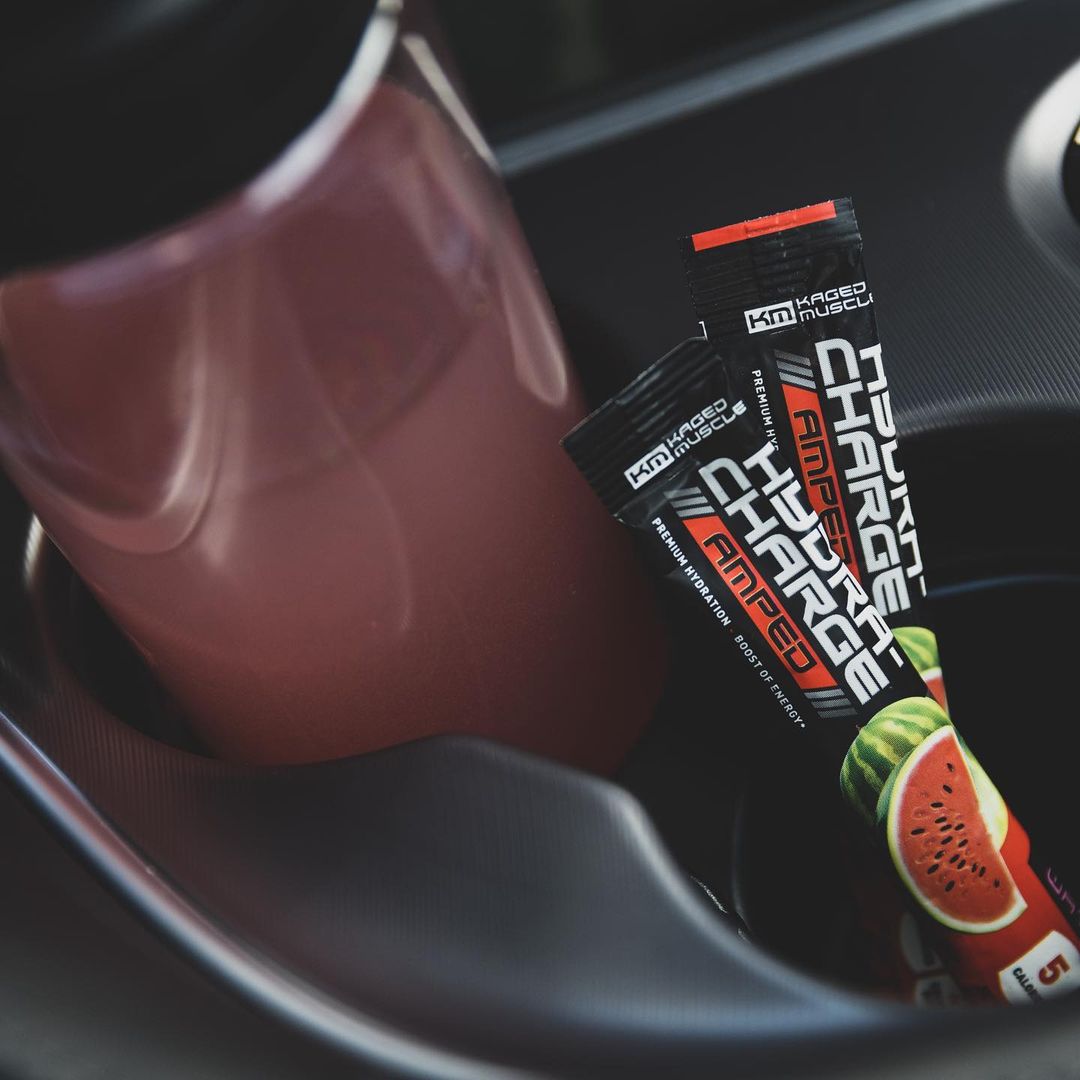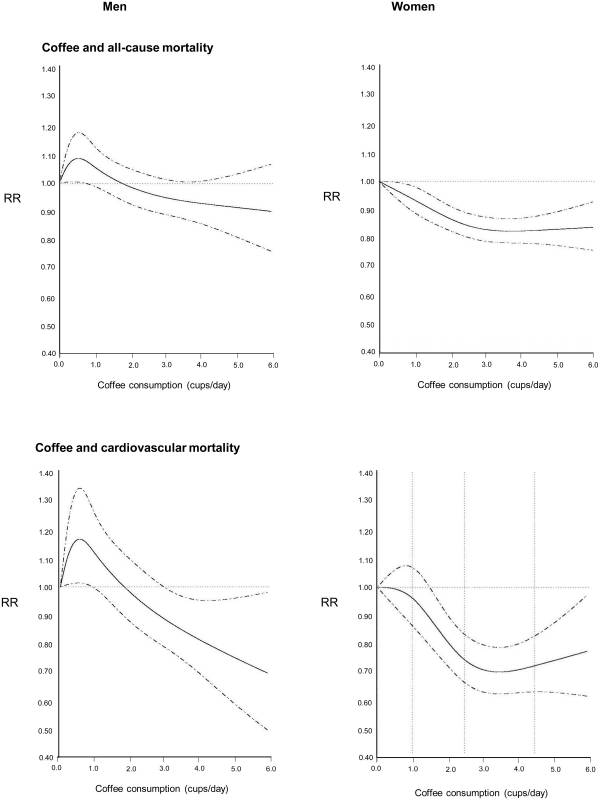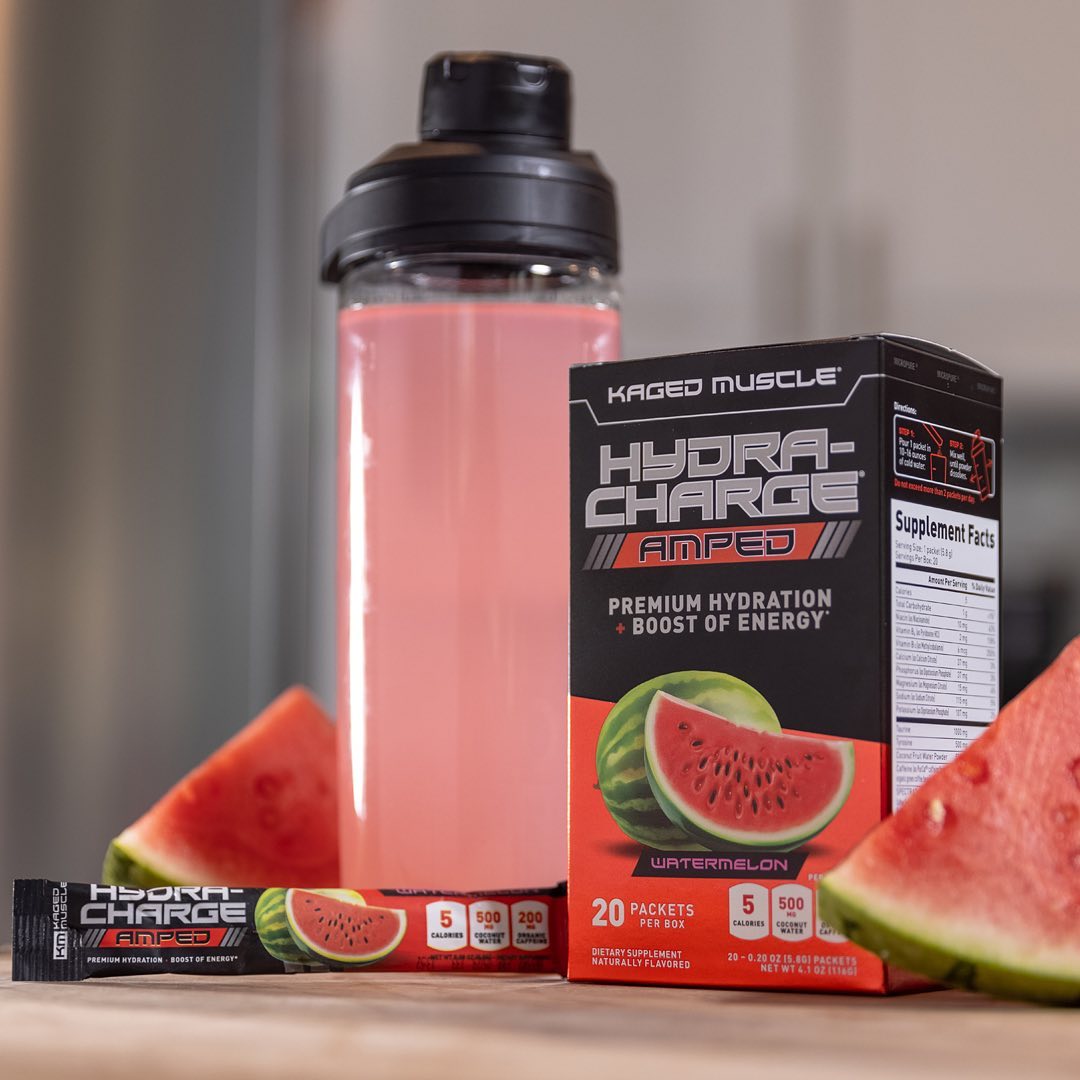
Made by Applied Food Sciences, PurCaf contains 95% caffeine by weight (although KM's Brian Rand says 96.5%)
If you've ever looked at the labels of Kaged Muscle's Pre-Kaged, the standalone Kaged Muscle Caffeine capsules, or the new Hydra-Charge Amped, you'll notice that they're not using caffeine anhydrous, which is a synthetic form of caffeine manufactured in a lab (anhydrous meaning "without water").
Instead, the brand led by Kris Gethin uses PurCaf, an organic caffeine source developed by Applied Food Sciences that is completely derived fromgreen coffee beans!
What's the deal with Kaged Muscle and PurCaf?
When we interviewed Kris Gethin in 2018, we dug into Kaged's upcoming product launches, which included Amino Synergy mentioned above. Kris told us that Kaged only sells products that work best in his body, and that includes caffeine from PurCaf.

Why does Kaged Muscle only use PurCaf caffeine? Outside of it being naturally-derived, there may be some fringe benefits to keeping caffeine with its natural counterparts.
On top of that, Kris has a propensity for food and supplements that are natural. This is no surprise coming from a man who works hard to "earn his residency on Earth" and will post images on social media reminding you to "Earth yourself today", featuring his feet firmly placed in healthy soil.
Natural is great, and we've consistently seen that keeping plant extracts with their natural cofactors is generally more efficacious, but PricePlow's readers need more than that. What is the science behind PurCaf?
PurCaf as explained by Applied Food Sciences
On the manufacturer's website, PurCaf's developers state that it is a highly water soluble powdered caffeine extract that's standardized at 95% pure caffeine from green coffee beans. It's a non-GMO, GRAS (general recognized as safe) caffeine source, and has a neutral taste profile.
Meanwhile, anecdotal reports (ones we agree with) are that PurCaf provides a smoother-feeling energy hit than caffeine anhydrous. Since the interview mentioned above, Hydra-Charge Amped has been one of our favorite stimulant-based additions to the Kaged lineup, and it brings a similar sensation.
Yet anecdotal reports are still not enough for us. So if we have ~95% caffeine, what's in the other ~5%? And how pure is the competing caffeine anhydrous that's in everyone else's supplements?
Who else to ask than Kaged Muscle's formulator, Brian Rand, who we call the brand's "executioner" because he's the man who's really making the brand's demands happen behind the scenes!
PurCaf vs Synthetic Caffeine:
First off, Brian Rand tells us about the "competition":
"From a composition standpoint, synthetic caffeine must meet the USP specifications, and contain 99.5% caffeine. The 0.5% balance can be impurities in the synthesis process and residual solvents."
-- Brian Rand, Kaged Muscle Formulator
However,
"PurCaf contains 96.5% caffeine, 2.5-3% naturally-occurring polyphenols and the balance water, with no chemical byproducts."
-- Brian Rand
PurCaf's "Other" 5%: Mostly Chlorogenic Acid
How PurCaf "works" differently in the body has not been studied in humans, but Brian stated that those who have studied the effects of a combination of natural-occurring caffeine and antioxidants (think coffee) versus synthetically derived sources have found that:
-
When naturally-occurring antioxidants are present with the caffeine they tend to mitigate the negative effects of increased adrenal fatigue that can occur with caffeine alone.
-
When naturally-derived sources of caffeine containing other plant-based compounds are used relative to caffeine alone, one can see a positive impact on the control and release of cortisol
-
The active antioxidants in PurCaf, namely the chlorogenic acids, may exert protective effects for vascular endothelial cells. For example, nitric oxide production may be enhanced, and by promoting endothelial nitric oxide synthase expression, there is greater physiological support for the maintenance of normal endothelial function
-
PurCaf is a naturally-derived source of caffeine from coffee. The functional and synergistic activities in coffee, namely the caffeine combined with the chlorogenic acids in coffee, have been associated with healthy carbohydrate metabolism and enhanced heart healthy benefits relative to ingestion of caffeine alone.
Rand then cited several papers, all of which are referenced below.[1-8]
Newer research continually confirms chlorogenic acid's benefits

Now you can take your hydration and PurCaf energy on the go with Hydra-Charge Amped, which comes in convenient stick packs!
Since we originally published this article in 2018, even more research has surfaced, demonstrating that the bioactive components in coffee have neuroprotective effects,[9,10] there are significant improvements to the vasculature,[11] and that coffee abundant in chlorogenic acids promotes abdominal fat reduction.[12] For as much as the community has researched coffee, caffeine, and chlorgenic acid, scientists are still discovering underlying mechanisms of action, such as how the combination affects the purinergic system.[13]
The general gist is this -- all other things considered equal, coffee drinkers live longer, have lower rates of metabolic syndrome, and are "better-protected" against poor diets.
Now this doesn't all apply to PurCaf itself, since several of the journals cited above study coffee drinkers (both black and green bean) or higher-dosed chlorogenic acid supplementation. However, what we're seeing is that there's something very special to coffee, and it's not just the caffeine, especially when you begin looking deeper into the research:
Telomere Length Data Backs up the Coffee Hypothesis
Telomeres are nucleoprotein structures that protect the ends of your chromosomes. Over time while aging, telomeres shorten,[14] and short telomeres generally lead to negative health consequences. In fact, looking at a massive study of 20,000 participants, individuals with the shortest telomeres had 25% greater risk of early death compared to those in the longest telomere category, after adjusting for potential confounders.[15]

Whether it's caffeinated or decaf, coffee drinkers live longer.[16] But does that mean anything to PurCaf? No, not yet at least.
With that foundation set, let's look at the telomeres between coffee drinkers and "energy drink" drinkers.
A study published in 2017 showed that as caffeine intake increased, telomere length tended to decrease, signifying accelerated aging. Conversely, as coffee intake increased, telomere length tended to increase, suggesting decelerated aging.[16] This only makes sense if something else in the coffee is doing the heavy health lifting here, since caffeine (at least on its own) doesn't seem to be.
Meanwhile, other studies have shown that it's not just the caffeine, because decaf coffee has been associated with a small reduction in all-cause and CVD mortality.[17]
How is synthetic caffeine created anyway?
It's difficult to learn where synthetic caffeine is from, and this is for a reason: it allegedly largely comes from fossil fuels. In Episode #1722 of the Joe Rogan Experience,[18] Ohio State University historian Bartow Elmore explains the story behind synthetic caffeine. Beginning at the 18:30 timestamp, he explains that Coca-Cola needed more caffeine for their growing soda operation, so they contracted Monsanto to get them more.

On Episode #1722 of the Joe Rogan Experience, Ohio State University historian Bartow Elmore discusses where synthetic caffeine allegedly comes from, through the lens of Coca-Cola production.[18]
Elmore explains that it was originally from waste tea leaves in the tea trade, but as Coca-Cola continued to grow, they required more. Monsanto went to work, and discovered that they could make it from urea (a nitrogon-containing substance in urine), but also coal tar. He claims that it is now derived largely from natural gas production.
Whether this is true or not cannot be verified, but learning this only further reinforced Kaged Muscle's decision to stick with PurCaf.
What's the chlorogenic acid research mean for PurCaf?
Although we don't have direct research on the ingredient, the case for PurCaf is extremely positive. Fact is, the ingredient itself hasn't been studied, and if it is, the populations studied likely won't be as large as studies on coffee drinkers (many of which have literally tens of thousands of subjects).
But if nature is rewarding coffee-drinkers by keeping caffeine paired with its other natural constituents, then it may not be a bad idea to have some of that in your pre workout... even if it's only 5% of the ingredient's mass.
Where to get PurCaf
You can try PurCaf in the following supplements:
- Hydra-Charge Amped (Hydration, Electrolytes, and Energy)
- Kaged Muscle Caffeine (200mg Straight PurCaf)
- Pre-Kaged (Fully-dosed pre workout supplement)
- Pre-Kaged ELITE: The Next Evolution in Pre-Workout Supplements
- Pre-Kaged Sport (Pre-workout for sports / athletes)
- Amino Synergy (Essential Amino Acid Blend with Caffeinated Options)
- In-Kaged (BCAA Energy Supplement)
As always, sign up for our Kaged news alerts to stay up-to-date on all of the latest news from the brand.
Kaged Hydra-Charge Amped – Deals and Price Drop Alerts
Get Price Alerts
No spam, no scams.
Disclosure: PricePlow relies on pricing from stores with which we have a business relationship. We work hard to keep pricing current, but you may find a better offer.
Posts are sponsored in part by the retailers and/or brands listed on this page.
Note: This article was originally published on October 24, 2018 and updated on November 5th, 2021 with newer research and Hydra-Charged Amped.





Comments and Discussion (Powered by the PricePlow Forum)